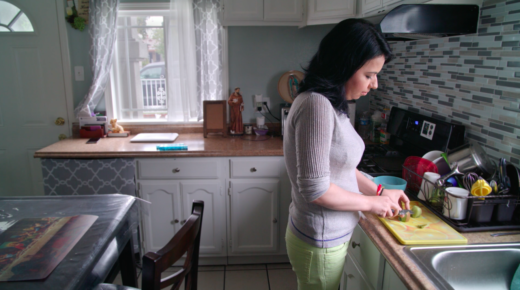“It’s over for Obamacare,” President Trump has been saying since his campaign. “Let Obamacare implode.”
But California controls its own marketing budget and plans to invest $111 million to counteract the negative press from the feds. It will also spend 30 percent of its media buy on Spanish-language ads. But in terms of the creative message, California is on the defensive.
“Even if they're hearing you know the Affordable Care Act is going away, we're saying ‘No, no, not yet, not yet,' ” said Lizelda Lopez, who helps direct Latino outreach for Covered California as the agency’s deputy director of communications. “We're still here.”
That’s the mantra for this year, she said: “We are open for business. We are here. Financial assistance is still available. Open enrollment is Nov. 1 to Jan. 31. We are here.”
Such simple messages may work for people who already bought coverage in previous years and just need to renew their plan, said Carlos Santiago, chief strategist at Santiago Solutions Group, a research consulting firm. But they could be too simple for new customers.
“To convince someone that was uninsured to get it for the first time? Obviously that message is not going to work,” Santiago said. “Especially not this year.”
Plus, the belief that illness won’t happen to you -- Santiago said this is especially entrenched in Latino culture.
“Latinos are extremely, extremely positive and overly optimistic,” he said, one reason Latinos have higher rates of going uninsured.
“We don't need to worry so much about today. Things will be OK,” he said. “And obviously when it comes to insurance, that's not exactly what it's all about."
On that front, Covered California has some more dramatic ads featuring ambulances and overturned bicycles, or a scene of a ladder falling backward. It also plans to push a series of videos on social media. Its market research shows Latina women are very active video sharers, Lopez said.
“Mi nombre es Guadalupe,” says a young woman in one video, as she shows pictures from her wedding day and talks about suddenly finding out she needed a heart transplant.
Without her health plan from Covered California, she said she never would have been able to afford the cost of surgery: $1.5 million.
This kind of personal story, which other Latinas can relate to, is good, Santiago said. But Latinos don’t respond to fear, he added, so if the message is too scary, it could backfire.
“It’s a tug of war,” said Christopher Graves. “That trade-off is, people stop taking action. They basically become paralyzed by how overwhelming it is. There needs to be a balance.”
